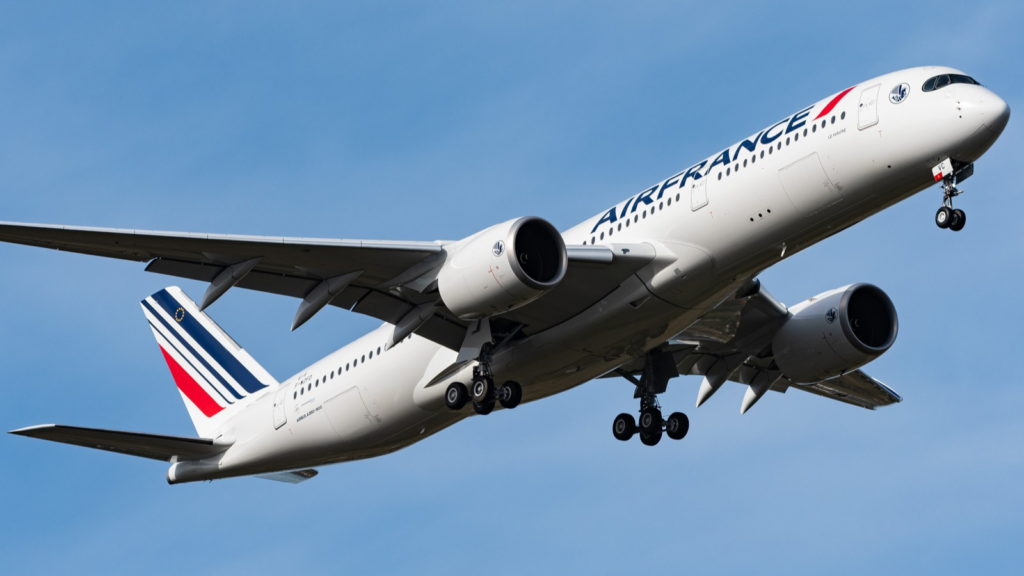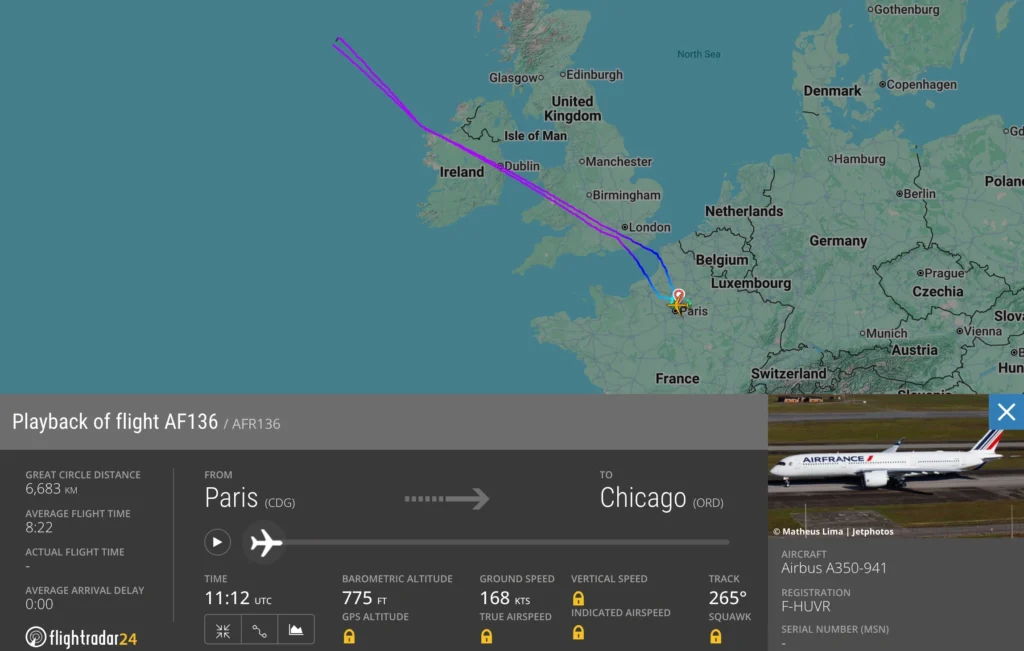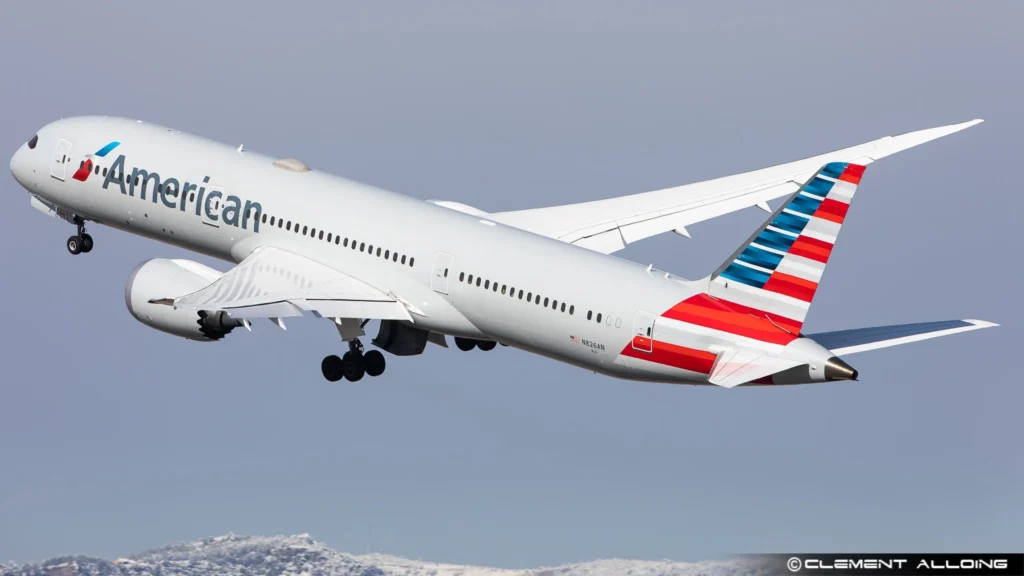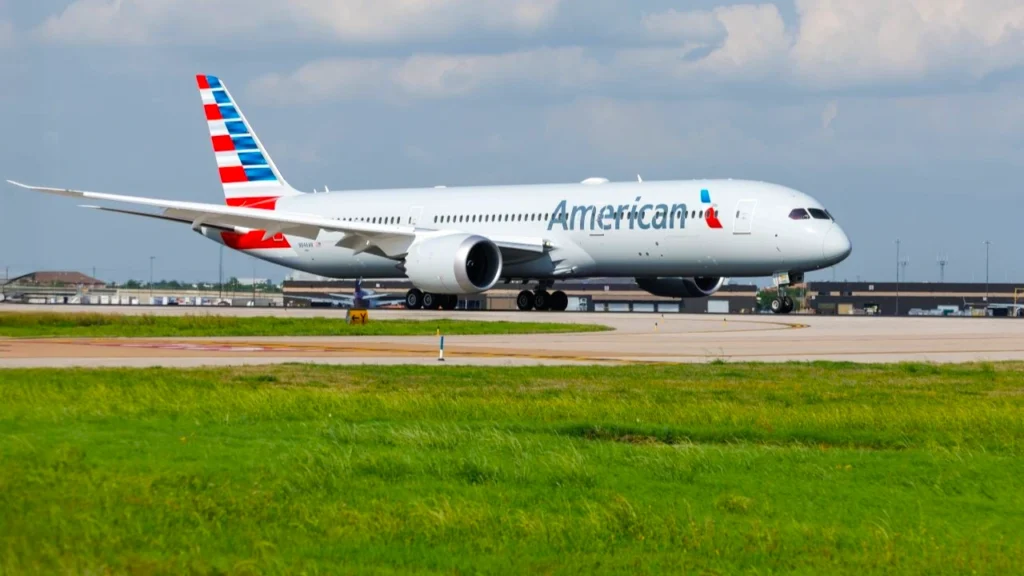Air France A350 Pilots Denied Clearance by Chicago O’Hare, Flight Returns to Paris
PARIS- An Air France (AF) transatlantic flight to Chicago O’Hare (ORD) was pressured to return to Paris-Charles de Gaulle (CDG) after almost seven hours within the air.
Flight AF136, operated by an Airbus A350-900, was en route from Paris (CDG) to Chicago (ORD) when the crew reversed course mid-flight, citing operational causes after reportedly being denied touchdown clearance, flagged AIRLIVE.


Air France Denied Touchdown Clearance at Chicago
In keeping with FlightRadar24 information, Air France flight AF136 departed Paris-Charles de Gaulle Airport (CDG) at 12:49 native time on Saturday, June 28, 2025, certain for Chicago O’Hare Worldwide Airport (ORD).
Operated by an Airbus A350-900 (registration F-HUVR), the flight took off from runway 26R and reached a cruising altitude of 38,000 ft whereas following a typical northerly transatlantic route by way of the UK.


At roughly 16:30 CEST, whereas flying over the mid-Atlantic between Iceland and Greenland, the flight crew made the choice to return to France.
Though the plane had already accomplished almost half of the journey, operational constraints prompted the airline to redirect the flight again to its level of origin.
In keeping with a passenger who contacted the AIRLIVE newsdesk, the reroute was as a result of flight not receiving touchdown authorization at Chicago O’Hare. Air France later confirmed the return was made for “operational causes,” with out offering additional specifics.
Flight AF136 landed safely on runway 27R at Paris-Charles de Gaulle Airport (CDG) six hours and 37 minutes after departure. Air France organized in a single day lodging for the affected passengers and rebooked them on a substitute flight.
The substitute service, flight AF4080, departed Paris (CDG) for Chicago (ORD) on Sunday, June 29, at 14:20 native time. Passengers had been knowledgeable and assisted on the airport in coordination with the airline’s floor employees.


Comparable Incident
An sudden plane substitution prompted American Airways (AA) Flight AA780 from Philadelphia (PHL) to Naples (NAP) to divert mid-flight as a consequence of airport certification points involving the Boeing 787-9 plane.
Regardless of clear climate in Naples and no reported operational disruptions, the transatlantic flight was rerouted to Rome Fiumicino Airport (FCO) after discovering mid-descent that the plane sort was not authorized for touchdown at Naples Airport (NAP).
Flight AA780 departed Philadelphia Worldwide Airport (PHL) on June 2, 2025, at 7:42 PM, certain for Naples Worldwide Airport (NAP). The flight, sometimes served by a Boeing 787-8, was unexpectedly upgraded to a Boeing 787-9 (registration N837AN). Although comparable in design, the 787-9 is an extended, heavier variant with barely totally different efficiency and operational traits.
Because the plane approached southern Italy, the flight crew altered course and diverted to Rome Fiumicino Airport (FCO), roughly 124 miles away. The diversion was not as a consequence of climate; skies had been clear in Naples, and no different flights had been affected.
In keeping with experiences sourced by aviation insider @xJonNYC and confirmed by OMAAT, the Boeing 787-9 had not been licensed for operations at Naples Airport.
Whereas the airport accommodates the marginally smaller 787-8, it doubtless imposes restrictions on the 787-9 as a consequence of runway, apron, or taxiway limitations, or different infrastructure constraints decided by Italian aviation regulators.
Boeing Variant Variations and Airport Compatibility
Though the Boeing 787-8 and 787-9 share many similarities, their variations can have main implications for airport compatibility.
The 787-9 is about 20 ft longer and has a better most takeoff weight, which may have an effect on braking efficiency, gate compatibility, and taxi maneuvering, particularly in airports with tight layouts like Naples (NAP), located close to mountainous terrain.
Airports should certify particular plane fashions primarily based on infrastructure, security margins, and native regulatory approvals. The swap to the 787-9, though operationally helpful for American Airways (AA), evidently bypassed an important compatibility test.


Operational Restoration
Following the unplanned touchdown at Rome Fiumicino (FCO), American Airways confronted the twin problem of repositioning each plane and flight crew. The airline used its current Rome–Chicago O’Hare (ORD) service, sometimes operated by a 787-8, to facilitate restoration.
The diverted 787-9 was reassigned to fly the Rome–Chicago route, whereas the 787-8 (registration N880BJ), initially meant for Chicago, was rerouted to deal with the Naples-bound section.
Because of flight obligation time restrictions for the crew, the onward flight to Naples didn’t resume instantly. As an alternative, the 787-8 and its crew overnighted in Rome. On June 4, they accomplished the brief 38-minute flight to Naples and subsequently returned to Philadelphia (PHL) that afternoon.
Keep tuned with us. Additional, comply with us on social media for the most recent updates.
Be part of us on Telegram Group for the Newest Aviation Updates. Subsequently, comply with us on Google Information

